See Spot Go. Tricks to Fix Brown Spots in the Lawn
At summer’s end, your lawn may begin to look less than stellar.
If your entire lawn is brown, no need to worry. Your grass has gone dormant, which happens during heat waves with little rain. Your lawn should bounce back as soon as the weather cools and rain returns.
The real problem is those random, pesky brown spots in the lawn. Luckily, there’s treatment.
- Pup Clean Up. Dog urine is one of the most common causes of brown spots. These small, round patches appear in areas where your dog does his business. Repair these spots with organic gypsum. To avoid future mishaps, train your dog to go only in a certain section of the lawn.
- Brown Bares. Some brown spots are actually soil peeking out through bare spots. Now is the time to reseed your lawn to fix bare spots.
- Learn from the Burn. Chemical fertilizers when spilled, overused or incorrectly applied cause lawn burns. Dilute by watering. From now on, stick to organic lawn fertilizers. Organic lawn food is safer for you and your pets and more cost-effective in the lawn-term.
- H2O Flow. Check your lawn after watering. If the surface stays wet while the soil remains dry, the watering is too frequent and superficial. To fix, water deeply
- That Thatch Patch. A thatch layer of more than 1/2” decaying grass prevents water from getting to living grass roots. Break up the thatch with a rake. Then, apply an organic lawn fertilizer.
- Know the Mower. A dull mower blade tears grass, causing brown spots. So, sharpen your mower blades every fall and spring. Also, if your mower blades are too low, you’re scalping the lawn. Avoid more brown spots by never cutting off more than 1/3 of the grass’s current height.
See spot disappear! Those unpleasant brown spots are on their way out! You’re one step closer to a greener, lusher lawn.

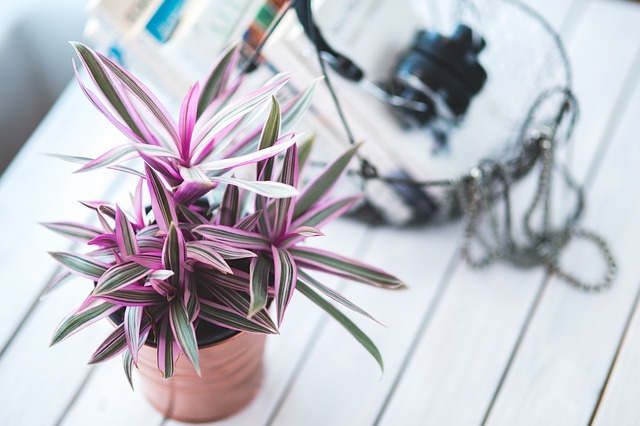
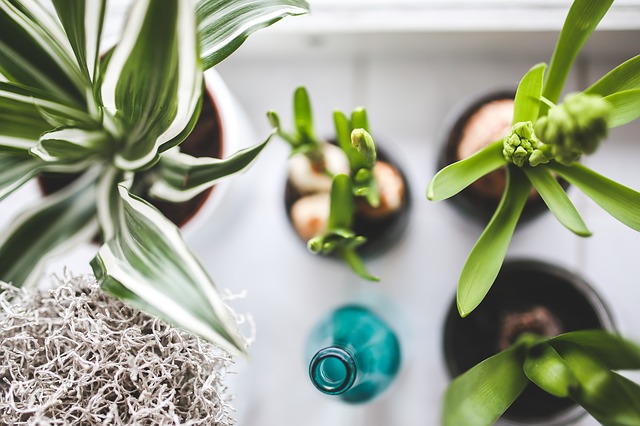
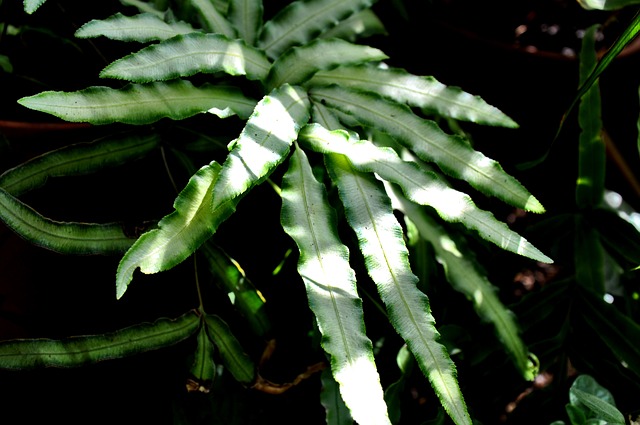
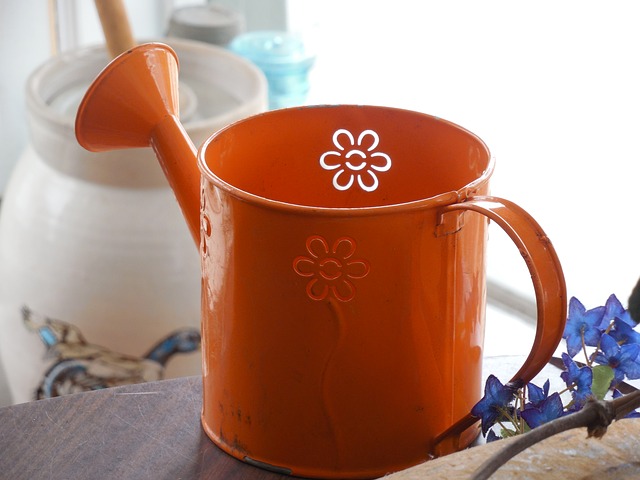
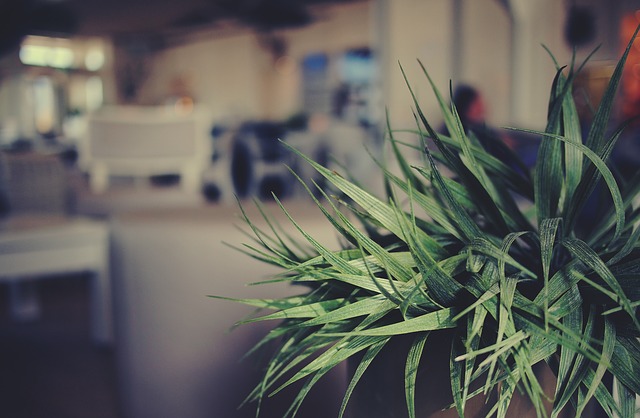
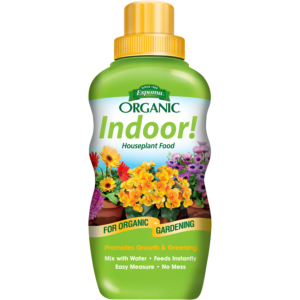

 Help Your Lawn Hang On All Winter Long
Help Your Lawn Hang On All Winter Long